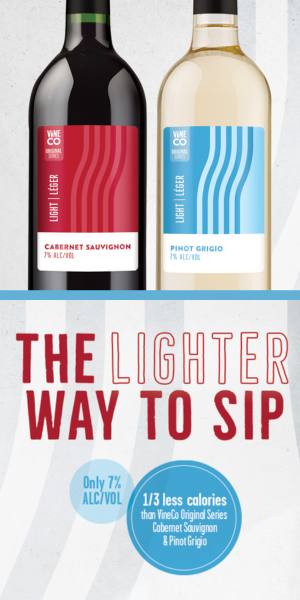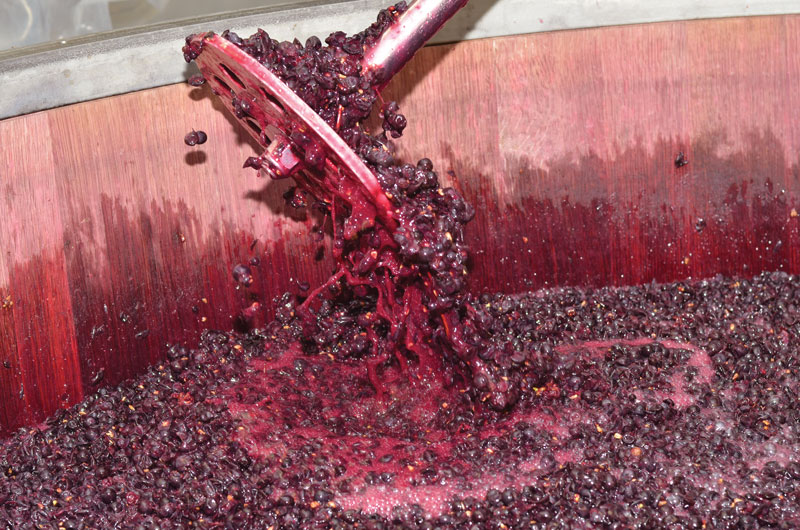
While there is so much hooey out there about “don’t rack during a new moon” or “only bottle during a full moon,” the winemaking dictum you mention is based, at least loosely, on fact. It’s not so much about the full moon (though that makes for better marketing stories, perhaps), it’s about the barometric pressure. Full moons are best seen on a clear night. Clear, cloudless nights often correspond to conditions of high or rising barometric pressure. High barometric pressure means that any dissolved gas that may be in your wine will want to stay more dissolved in solution. Fewer rising gas bubbles means that less sediment on the bottom of your wine containers will get kicked up. Less sediment means a clear wine and hence, a better, cleaner rack and, if you’re bottling at the same time, a clearer, more microbe-free wine in the bottle. The converse is also true — rainy days tend to mean low pressure, more tendency for gas to come out of solution, kicking up lees and making your wine more cloudy.
How cloudy is cloudy? And can you only rack or bottle when the weather is nice? Like so much in wine, it’s all relative. Sharing some details from the annals of my own years making, racking, and bottling wines, let me put a practical spin on it: If wineries really saw enough quality improvements by only racking or bottling once a month, or when the weather was clear, the world’s wine industry would be a heck of a lot smaller than it is. I’ve only ever worked for one winery where the practice of racking on high barometric pressure days was ever employed and then it was a recommendation only and not to get in the way of barrel maintenance, bottling schedules, or the important flow of wine through the facility. The best time to bottle is different for different kinds of wines — reds typically need more time bulk aging (in barrel, carboy, or tank) than whites and may be bottled at 18 months of age, whereas fresh, young whites can be ready in less than 6 months after fermentation.
Being that you’re a home winemaker with a much smaller number of vessels than the average commercial winery, you probably can afford to wait for a high barometric pressure day (check your local weather news for norms in your area) to rack or bottle, if it makes you feel like you’ll make a better wine. If you want to get really accurate, I suggest investing in a barometer instead of squinting up at the sky.
At the end of the (dark and stormy?) day, I’m not sure if weather or moon phases have much to do with when one should perform certain winemaking tasks. Getting the timing right (asking yourself if the wine has had enough days and weeks to settle properly, for instance) should be your guiding principle.




